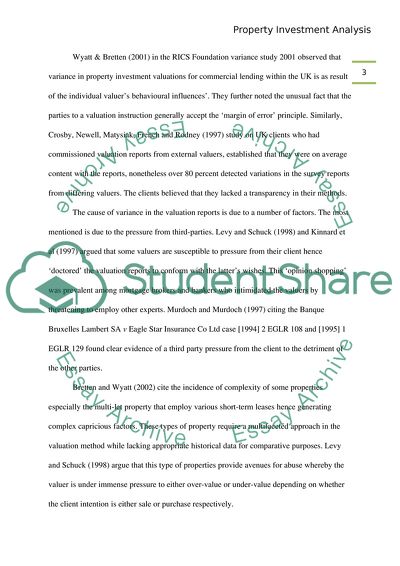Cite this document
(The Royal Institution of Chartered Surveyors in the United Kingdom Research Paper - 1, n.d.)
The Royal Institution of Chartered Surveyors in the United Kingdom Research Paper - 1. Retrieved from https://studentshare.org/law/1725990-property-investment-analysis
The Royal Institution of Chartered Surveyors in the United Kingdom Research Paper - 1. Retrieved from https://studentshare.org/law/1725990-property-investment-analysis
(The Royal Institution of Chartered Surveyors in the United Kingdom Research Paper - 1)
The Royal Institution of Chartered Surveyors in the United Kingdom Research Paper - 1. https://studentshare.org/law/1725990-property-investment-analysis.
The Royal Institution of Chartered Surveyors in the United Kingdom Research Paper - 1. https://studentshare.org/law/1725990-property-investment-analysis.
“The Royal Institution of Chartered Surveyors in the United Kingdom Research Paper - 1”, n.d. https://studentshare.org/law/1725990-property-investment-analysis.


